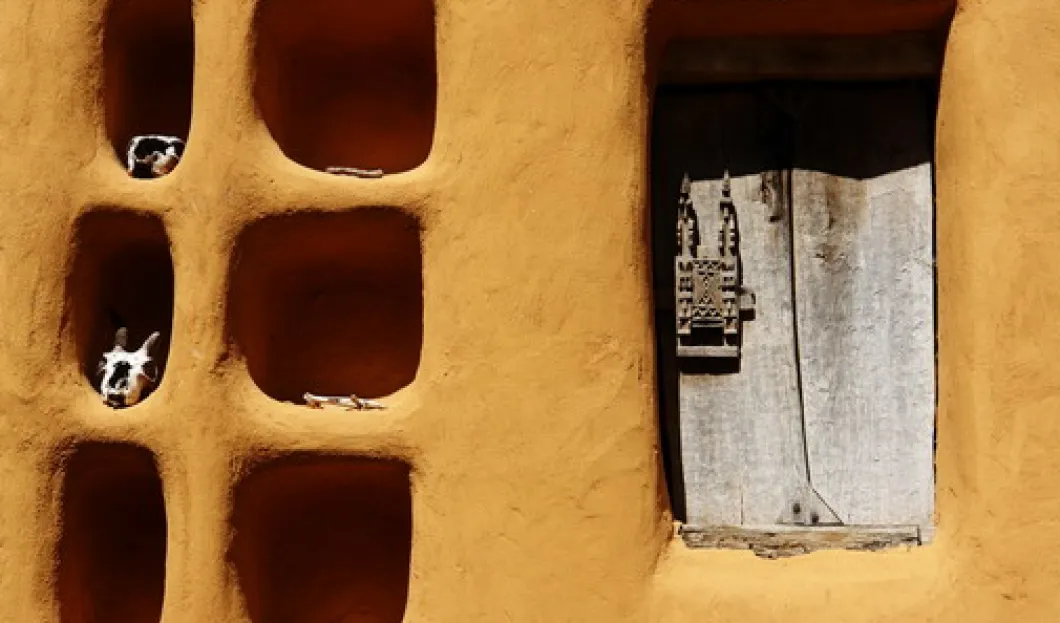
The darkest and most painful period in Rwanda’s history is still quite recent and many feel the memories will haunt them for many decades to come. During the conflict of 1994 800.000 people were killed within a shockingly short period of only 100 days. The ethnic tensions were ignited when the jet plane of the president of Rwanda, Juvenal Habyarimana was shot down. Nowadays, his former palace is turned into a museum commemorating those who lost their lives to the horrific genocide.
The luxurious palace, former home of Habyarimana, is a rather impressive building. Expensive furnishings, leather couches, spacious rooms, fancy carpets – everything has remained unchanged since the day his plane crashed. Now, the once cursed palace is to serve a much more noble purpose; here, Rwandan culture will have its shrine, a tribute to unity and reconciliation.
Genocide is still a very painful subject for the nation. Other memorials have been raised; several museums have been opened in order to help the people find their peace with the past. The Gisozi memorial in Kigali is one of the places where detailed recordings of the 1994 incident have been displayed. The dreadful stories, photographs and videos cause a deep impact on anyone who visits the museum. Many who have survived the genocide fall into tears, faint, even experience complete breakdowns as a result of the events being replayed.
Many believe that by going through the pain again, presenting it openly to the world and to each other will help set the course right and make sure this chapter of Rwanda’s history will be safely closed and never repeated.









